Published on:April 23, 2018
By Mikolaj Przybyla and Pawel Czarnecki

As modern energy-efficient lighting technologies, including LED-based solid-state lighting (SSL), proliferate in our environment, awareness of their impact on biology and even technology evolves as well. LED lighting’s rapid development and assimilation, often without clear standards, may result in lighting flicker with adverse effects. Many organizations, including international standards bodies and regulatory agencies, and industry professionals across many disciplines are working hard to measure, understand, and appropriately regulate flicker.

FIG. 1. Accepted existing metrics for flicker are based on a set of calculations that depend on maximum and minimum light output and the ratio of light output above and below average.
Flicker is not a new concept, but let’s examine modern considerations of this lighting phenomenon. A full understanding will allow professionals working across the full range of the industry — from product development to lighting specification and design — to achieve the best results with SSL.
FLICKER — OLD PHENOMENON, NEW TWIST
Light flicker is the periodic, fast change of photometric quantities of a light source or lamp. It is the net result of the lighting system design and implementation, including line power characteristics, ballasts and/or drivers, settings, and the light emitters themselves.
Flicker has existed since the invention of AC (alternating current) powered light sources. Changes in the supply power phase produce a correspondingly fast, periodic change of the emitted optical radiation and resultant lighting intensity or luminance. Traditional incandescent lighting systems are affected, but with less-visible results because the filament responds to power changes comparatively slowly. Other light sources, e.g., fluorescent tube or other discharge lamps, have rapid response times so changes are more apparent to an observer. Good design and modern electronic ballasts with higher frequencies can mitigate flicker with these sources.
LED light sources are a different story. Based on semiconductors, they respond rapidly to power changes, and commonly used power systems and drivers can create excessive flicker. As lighting manufacturers deliver designs intended to balance energy efficiency with biometric considerations, the best compromises between cost, efficiency, and flicker level are not always readily apparent. A better understanding of flicker effects, causes, and measurement leads to improved products, efficiencies, and the health of users.
HUMAN IMPACTS AND OTHER CONSIDERATIONS
It is generally accepted that people perceive visual flicker as periodic changes in light with a frequency from a few to 100 Hz (cycles per second). For example, we readily see the cyclic pulsing of common 50- or 60-Hz electrical power when it influences a light source. Flicker is therefore a temporal light artifact (TLA) and this encompasses changes in both color (chromatic flicker) and brightness (luminance flicker).
Flicker impacts workplace safety and productivity, the comfort of living spaces, and, according to recent research, our overall health and emotional wellbeing. From a safety perspective, for example, fast-rotating elements present in an operator’s field of vision appear to be moving less quickly or stopped with excessive flicker. From a photobiological perspective, prolonged exposure to excessive flicker causes neurological problems such as headaches, migraine, and even epilepsy.
From a technology perspective, flicker strongly impacts lighting for digital image capture, particularly in TV studios and stadiums. Strict broadcast requirements demand use of proper power systems to avoid camera image artifacts, particularly stroboscopic effects during high-speed capture for slow-motion replay.
STANDARDS AND FLICKER MEASUREMENT
Well-designed and manufactured lighting systems perform as expected when flicker considerations are properly incorporated. However, existing flicker measurement standards are inconsistent. While the CIE is currently preparing standard TC 1-83 that will detail flicker measurement, today there are lighting industry definitions and practices that are useful to understand, illustrated in Fig. 1.
• Flicker frequency, expressed in Hz or kHz, is the speed of light intensity changes, independent of rectangular and sinusoidal character changes.
• Flicker index, varying from 0 (no flicker) to 1, measures cyclic variation while considering waveform shape, defined as average light intensity of the waveform surface area divided by average light intensity over the total surface area. Flickerindex = Area 1 / (Area 1 + Area 2)
• Flicker percentage, varying from 0 (no flicker) to 100%, measures relative cyclic amplitude variation of the light source (A - B) referenced to the total of maximum and minimum values (A + B). Flickerpercentage = ((A-B)/(A+B)) * 100%
Fig. 2 illustrates these principles via the measurements of three simple waveforms.
MEASUREMENT OF FLICKER PARAMETERS
Flicker measurements should be conducted under controlled conditions, ideally those of the end-use installation and operating conditions. However, this is often impractical and can create large errors. Multiple light sources do not flicker in a synchronized manner, even when using similar power supplies. The resulting discrepancies are difficult to interpret. And controlling ambient conditions is critical as even distant light sources can distort measurement results. For these reasons, a laboratory environment and photometric darkroom where ambient conditions don’t impact measurement accuracy are often the preferred measurement conditions.

FIG. 2. The three signal waveforms representing different light sources result in vastly different flicker measurements.
Flicker parameters are measured with fast detection systems, most often photodiodes with proper V-lambda correction. Sampling frequency is critical to faithfully represent the measured waveform and should be 10× greater than the highest signal frequency. Computation methods, such as Fast Fourier Transform, are used to determine light source frequency and analyze contributing frequencies.
Test equipment must be compatible with the intended measurement range and sampling frequency understudy or flicker parameters will not be accurately measured. For example, a 1000-Hz sampling frequency is sufficient for measuring flicker up to 100 Hz. However, flicker at 10 kHz, common with newer drivers, requires a minimum instrument sampling frequency of 100 kHz. Cheaper measurement solutions may not meet these requirements.
LIMITING FLICKER SOURCES
Traditional light sources, particularly fluorescent tubes, are characterized by increased flicker intensity during ageing. Tubes with blackened ends and damaged starters indicate strong flicker. Modern electronic ballasts reduce flicker with these tubes.
In LED sources, flicker can be reduced with appropriate design and power filtration for voltage flicker, e.g., by using a greater number of capacitors. Alternatively, high-frequency voltage converters can be used. With LED dimmers, light intensity can be adjusted several ways. Changing from pulsewidth modulation to current adjustment, as is done with some LCD monitors, reduces flicker as well.
Manufacturers use several different technical solutions to limit flicker. However, what is possible technologically does not always translate into a good finished product. Changes to power-supply system design can increase size and cost — not always an option for the manufacturer. The result is products in the market with flicker characteristics mismatched to the customer’s or designer’s expectations. Installations defined as having minimal flicker may in reality be driven by high frequencies invisible to the human eye and not even to TV cameras. Without appropriate measurements and standards, claims such as "flicker-free" may be more advertising hype than quantified properties.
Flicker is an old phenomenon requiring new consideration in the age of LED lighting. The industry has made progress toward quantifying flicker and its measurement. Numerous industries and worldwide standards bodies are pressing to further understand and quantify how flicker affects both human and other biological forms in a multitude of ways. In the meantime, progressive instrumentation manufacturers, such as GL Optic, have already developed methods to accurately and repeatably quantify certain flicker characteristics. No doubt, the light burns bright on the future of addressing flicker with positive outcomes for all.


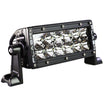
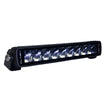
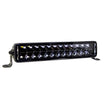
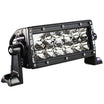
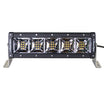
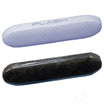
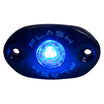
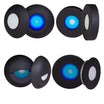
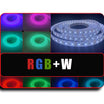
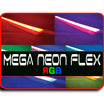
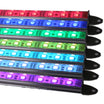

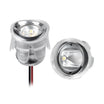
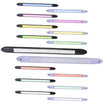

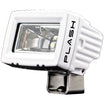
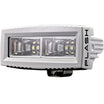
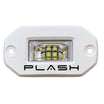
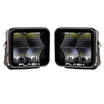
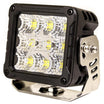
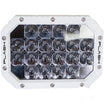
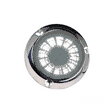
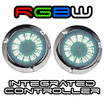
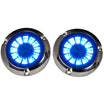
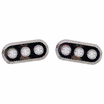
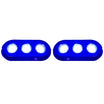
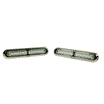
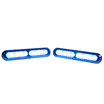
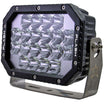

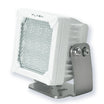
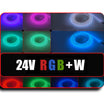

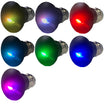

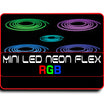
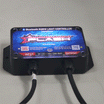
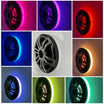
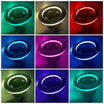
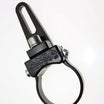
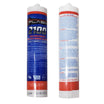
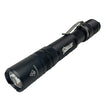
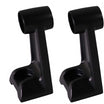
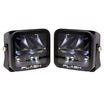
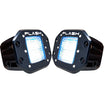
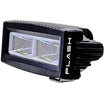
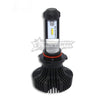

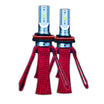
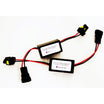
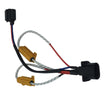
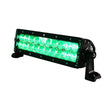
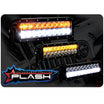
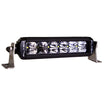
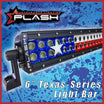
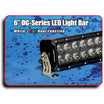
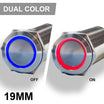
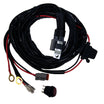
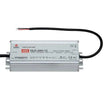

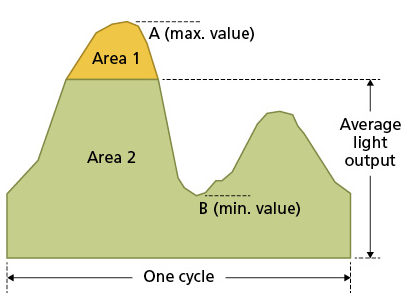
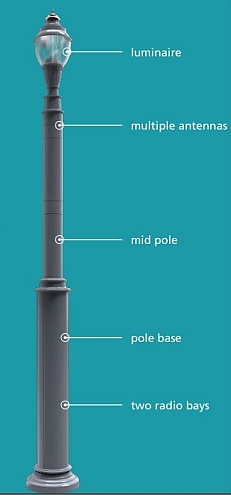
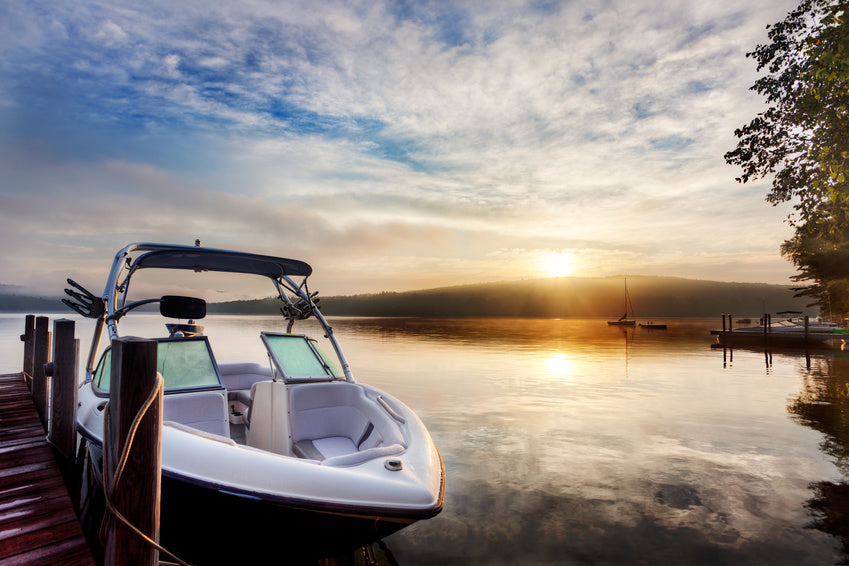
Leave a comment
This site is protected by hCaptcha and the hCaptcha Privacy Policy and Terms of Service apply.